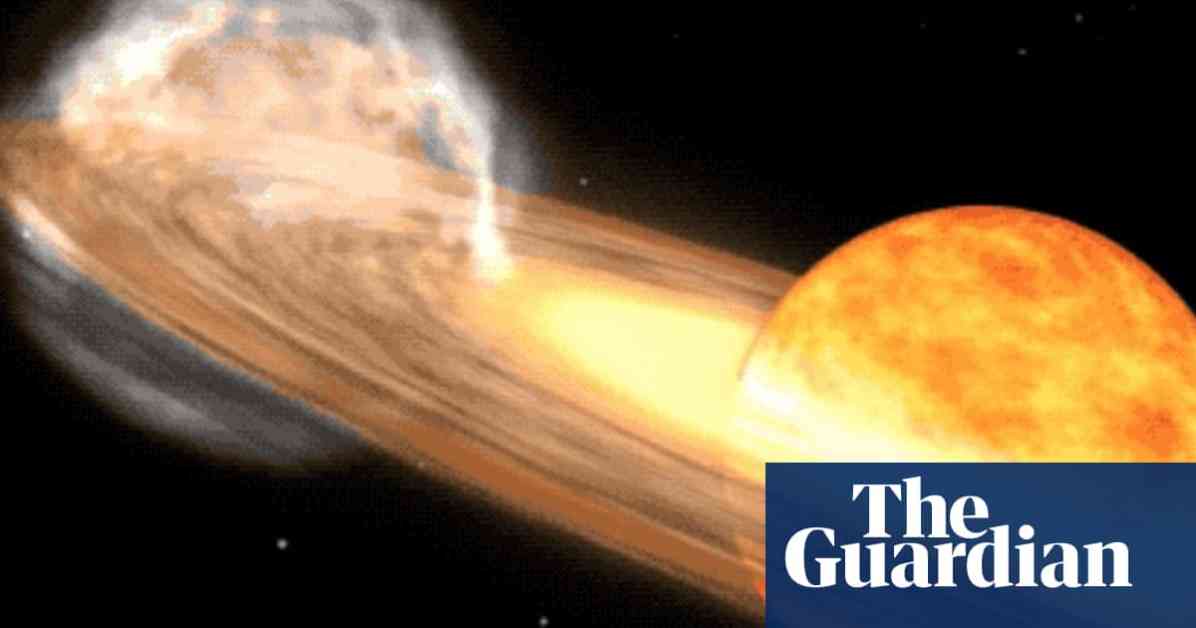T Coronae Borealis, a star that has been keeping astronomers on their toes, still hasn’t erupted as expected. Since April, astronomers have been eagerly anticipating its explosion, which was predicted to happen before September. However, the star continues to keep us waiting.
This star is classified as a recurrent nova, meaning it is actually made up of two stars: a red giant and a white dwarf. The white dwarf, which is about the size of Earth, is pulling gas from the red giant due to its strong gravitational force. The gas collects on the white dwarf’s surface until it explodes in a powerful thermonuclear reaction, causing the star to temporarily increase in brightness. Despite this explosion, the white dwarf remains intact and the process repeats itself.
Historically, T Coronae Borealis has a pattern of erupting and becoming visible to the naked eye approximately every 80 years. According to predictions, this eruption should happen soon. The star is expected to shine as brightly as Alphecca, the brightest star in its constellation, when it finally erupts. However, due to its location, it is not easily visible from the southern hemisphere.
As we wait for T Coronae Borealis to put on its dazzling display, astronomers are keeping a close eye on the star. The anticipation and excitement surrounding its eruption continue to grow as we eagerly await this spectacular celestial event. Stay tuned for updates on when this star will finally light up the night sky for all to see.













